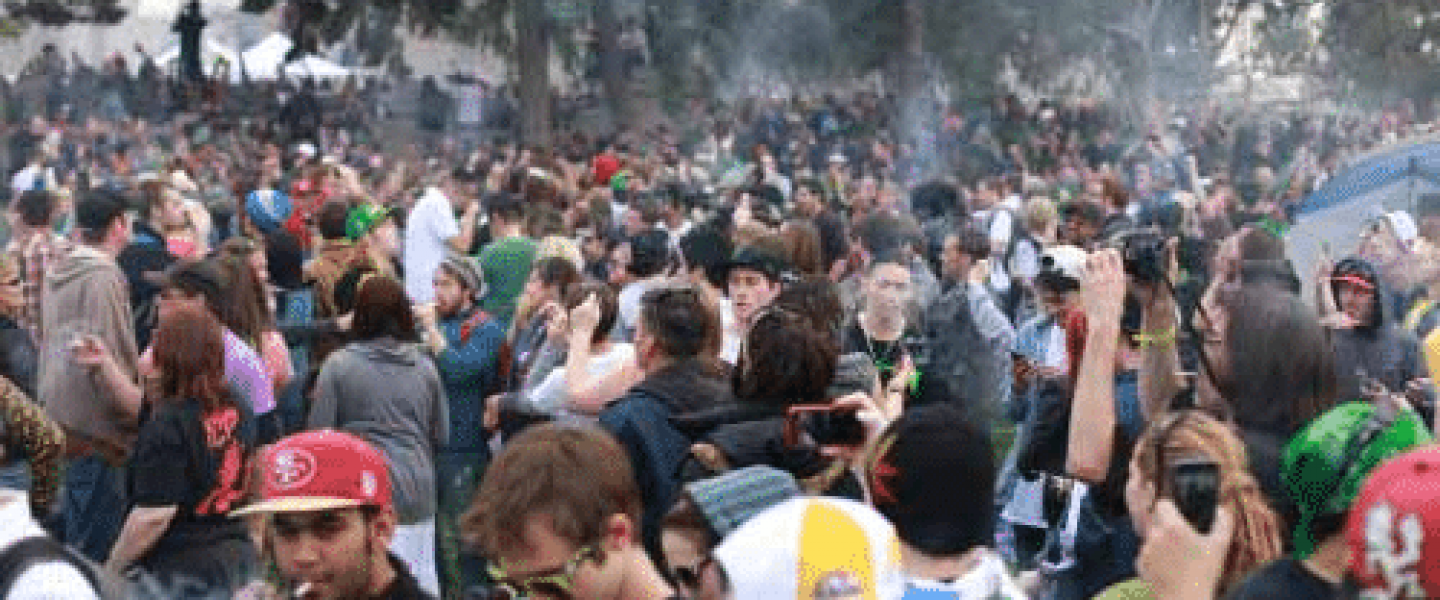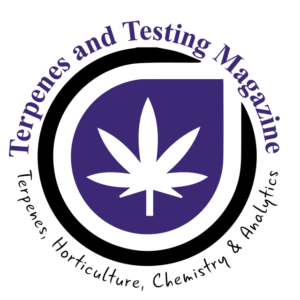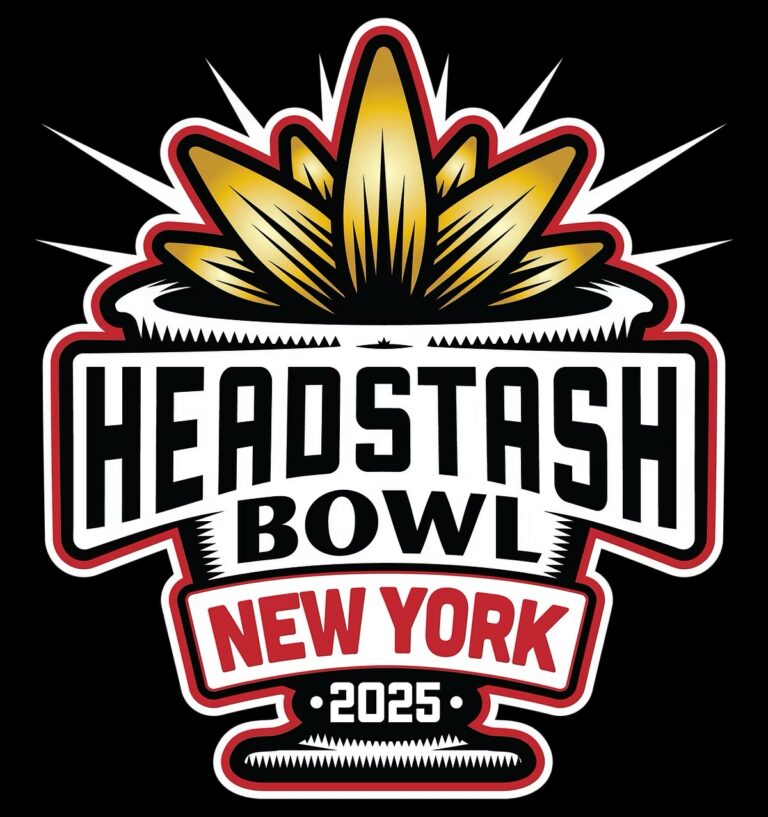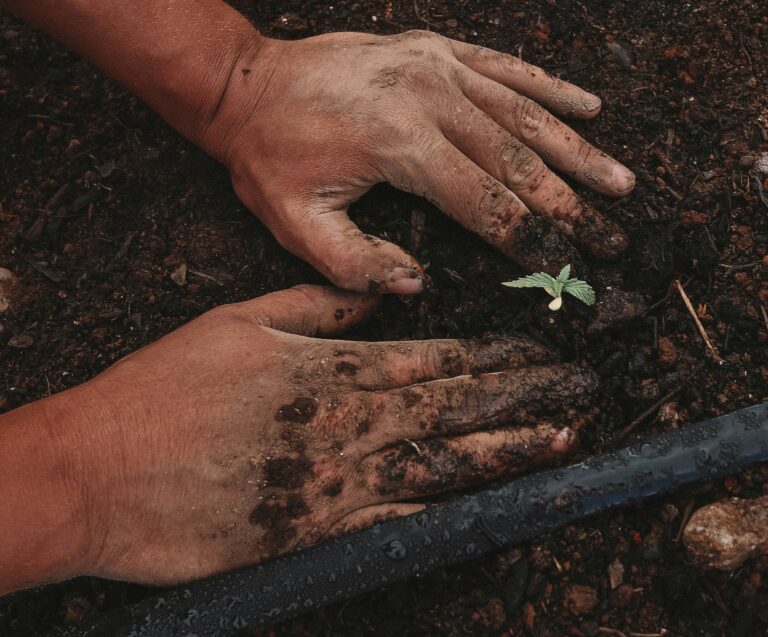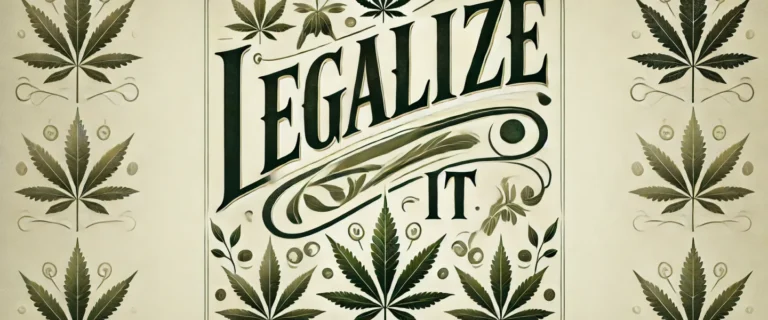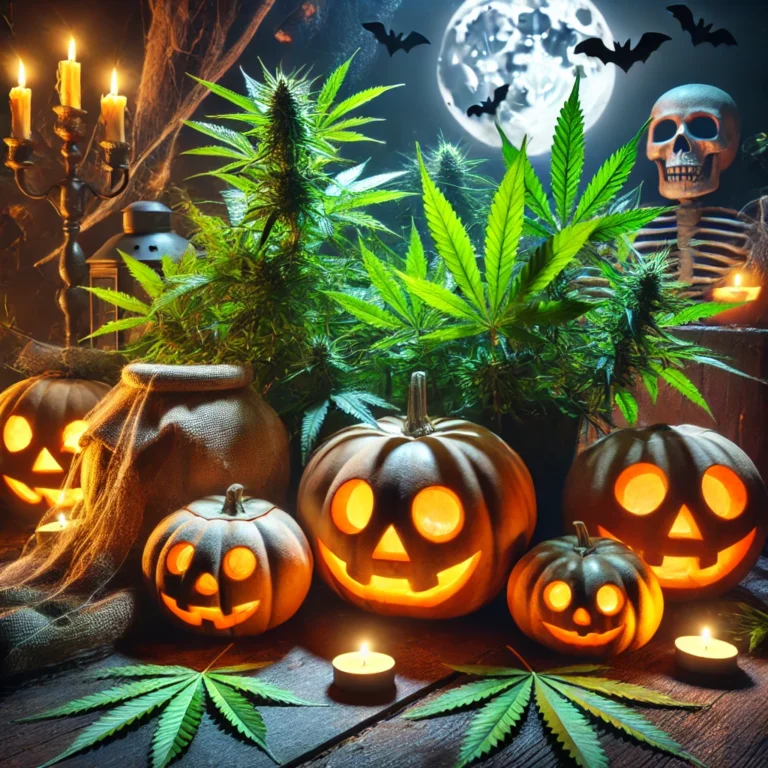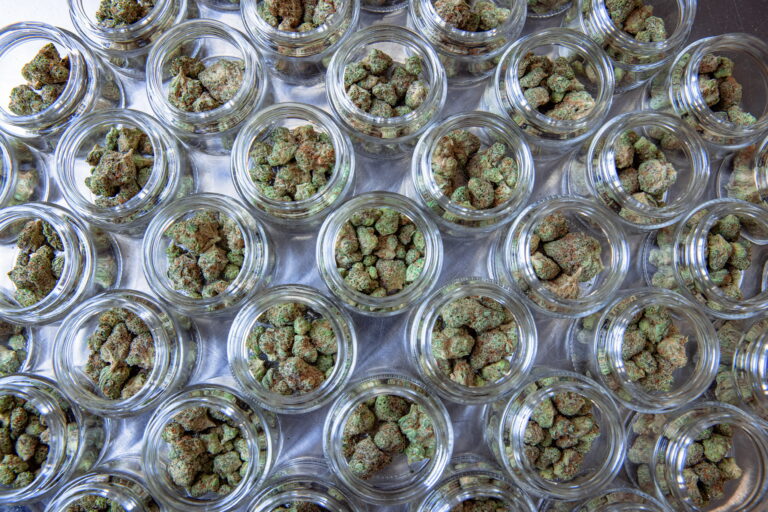Among the many holidays celebrated around the world, on April 20, abbreviated as 420, cannabis enthusiasts come together to appreciate cannabis. Aside from ingesting cannabis with loved ones or rocking out at canna-themed events, some use this day to fight for more accessible information and nationwide medical or recreational legalization of cannabis. For those unaccustomed to the “holiday”, your mind might be swarming with questions about the significance of 420. Where did it originate? What is the meaning behind it? And why do people celebrate it?
Whether it marks a special time of day, a day of the year, or an entire lifestyle, 420 (never pronounced “four-hundred and twenty”, but always “four-twenty”) is like a glue that keeps members of the cannabis community together.
Working Through the Haze
Indisputably, 420 is one quintessential term that seems to perfectly represent the culture of cannabis. However, the story of why these digits were chosen has been greatly obscured by fiction. Before highlighting its legacy and revelry, we want to share and debunk some commonly believed origin myths.
MYTH #1: Police Radio Code
It’s been believed that 420 was used in California as a police radio code for announcing illicit cannabis-related activities in progress. This is, without a doubt, pure fiction. The term 420 was never the official radio code for the public smoking or possession of cannabis in California or anywhere else in the U.S. In fact, the only police shorthand associated with the number 420 is in Las Vegas, in which case, is code for homicide.
MYTH #2: Chemical Compounds
Another dubious claim says that 420 comes from the number of distinct chemical compounds found in cannabis. While it would be pretty cool to believe cannabis scientists coined the term after this amazing discovery, this, too, proves to be incorrect. Although the number is close, cannabis contains somewhere around 500 chemical compounds, including terpenes and different cannabinoids specific to cannabis alone that contribute to the “entourage effect”. [1]
MYTH #3: Teatime
Others believe that 420 is based on the traditional teatime in Holland, which apparently is held at 4:20 p.m. Unfortunately, this too, is false. The origins of the phrase 420 can’t be traced back to Holland simply because there is no set teatime, and there’s certainly no consensus on the time 4:20.
MYTH #4: Celebrity Birth and Death Dates
Some believed that 420 coincides with the birth of Bob Marley or the passing dates (may they rest in peace) of the famed Jimi Hendrix, Kurt Cobain, or Janis Joplin. The sentiment is nice, but 420 is not some kind of celebrity tribute. Bob Marley was born February 6th, Jimi Hendrix died on September 18th, Janis Joplin on October 4th, and Kurt Cobain on April 5th. While you might be rocking out to the tunes of these gone-too-soon American artists on 4/20, just know they had no connection to the date aside from the fact that they were all known for their love of cannabis.
MYTH #5: California Penal Code
This rumor is pretty silly, but it’s one of the many popular ones. The California Penal Code Section 420 doesn’t refer to 420, but rather, the unlawful hindrance or obstruction entry on public land. The penal codes of other states list different entries for 420, but none of them matches anything having to do with cannabis. Interestingly, the California Senate Bill 420 established the use of medical cannabis and was passed back in 2003. Certainly, the bill’s number is quite the coincidence.
MYTH #6: Best Planting Time
The 20th of April or 4:20 p.m. is not the best time to plant cannabis. In fact, there’s no “best time”. Results would vary from one region of the country to another, or even one country to another and depends on the cultivar and growing method. For example, with the help of modern indoor growhouses, one could successfully plant mid-winter, even if it’s less than 25°F outside.
These myths seem highly believable, and so, many people have been confused. As everyone says, “the truth is stranger than fiction”. Thanks to some high school kids, the Grateful Dead, and the cannabis publication High Times, how the numbers 420 came to be and why they’ll forever be associated with cannabis are known.
The Real Origin of 4/20
The term 420 began in 1971 in Northern California when a group of five boys known as “The Waldos” sought a little adventure in Point Reyes. The teens discovered a map supposedly locating a plot where cannabis was being grown. On the day of the hunt, they agreed to meet after school at 4:20 p.m. sharp to light up some cannabis before heading out on their journey. Although they never found their “treasure”, The Waldos established their meeting as a ritual for smoking cannabis, transitioning the time to the codeword “420”. It didn’t take long for the term to catch on. The crew used to smoke so often, that 420 became the phrase to mean cannabis at their school.
Not only used among their schoolmates, coincidentally, one of the Waldos’ older siblings worded the phrase to Phil Lesh — a friend who turned out to play the bass guitar for the Grateful Dead — and shared it with the crew. Soon after, it started to spread among legions of fans at their concerts, being printed in advertisements and on merchandise. Years later in 1990, a contributor over at High Times named Steve Bloom spotted an explanation of 420 on a Grateful Dead concert flyer and loved it so much that they started using it — which contributed to the term’s popularity worldwide.
The term 420 has taken on significance to those for whom cannabis is prized. What started as a code shared between childhood friends is now a transformed national event for cannabis consumers and drug policy reform activists fighting the good fight everywhere. Once that special time of year comes rolling around, remember, moderation is key.
Written by Mell Green, Staff Writer for Terpenes & Testing Magazine
Reference:
[1] Russo EB. “Taming THC: potential cannabis synergy and phytocannabinoid-terpenoid entourage effects,” Br J Pharmacol., vol. 163(7), 2011, p. 1344-1364. doi:10.1111/j.1476-5381.2011.01238.x. [journal impact factor = 6.81; cited by 442]
Photo Credit: Colorad Pot Guide


